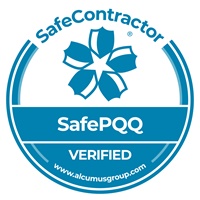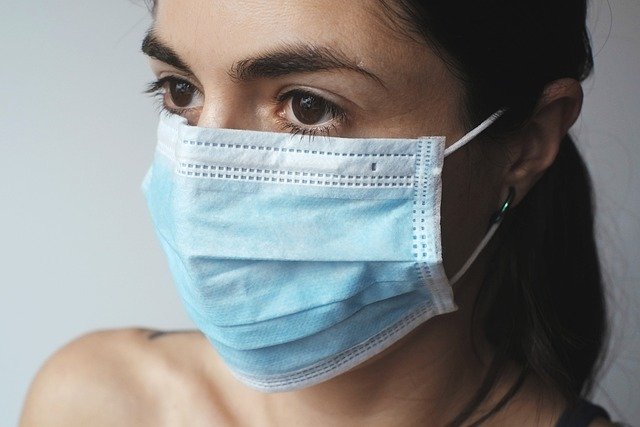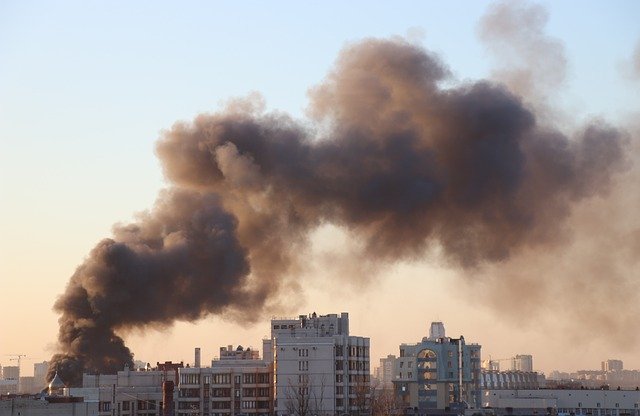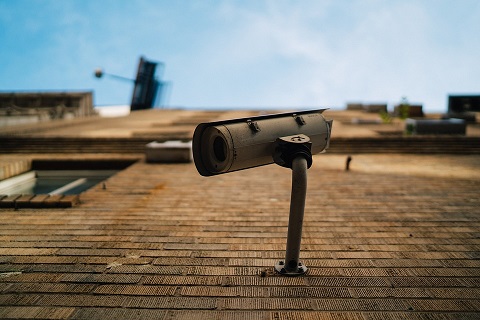
We are proud to announce that IDS Security Systems Ltd is now SafePQQ Verified.
SafePQQ is an extension of the well-known SafeContractor health and safety accreditation, which we have already held for some time. The SafePQQ certification is further proof of our company's safety, sustainability and compliance.
More...

Looking at the current scientific evidence, COVID-19 is a virus that's most commonly transmitted from person-to-person via airborne respiratory droplets or via physical contact with a contaminated surface. The virus can be transmitted from an infected person anytime they cough, sneeze, sing or speak. This is why precautions, like face coverings, are becoming the norm across the UK.
More...

There are few things that can bring years of work crumbling to the ground as quickly as a fire can. Besides the structural damage fires can cause, they also pose a significant threat to the safety of your employees. That's why it's absolutely vital that you have a comprehensive plan established so that you can get things under control quickly if a fire occurs. Here are a few things you can do to help protect your business from fire:
More...
According to Statista, the number of burglary offences recorded in England and Wales dropped off massively between 2002/03 and 2019/20.
- In 2002/03, the total number of burglaries in England and Wales stood at approximately 890,100.
- By 2019/20, the total number stood at around 365,000 - a whopping 525,000 difference!
With such a huge change in the number of burglaries occurring, it's fair for homeowners to ask whether or not they even need a home security system. Well, we at IDS Security Systems believe - despite the significant drop in burglaries over the last 15 years or so - that an efficient and effective home security system is still worth investing in.

More...
In order to protect your home or business from the risk of fire, you're going to need to install an effective fire alarm system. Now, we all know that a fire alarm alerts you when there is a potential fire or an irregular amount of smoke in your property, but how do they actually work? And what makes a fire alarm different from a regular smoke alarm? IDS Security is here to let you know!

Smoke alarms
First of all, we need to understand that a fire alarm system isn't complete without a smoke alarm. A smoke alarm is a key part of a fire alarm system - it is the sensor that first detects the possibility of a fire in your home or business through increased levels of smoke. This tiny device, packed with electronics and small amounts of radioactive material, is responsible for reducing the number of fire deaths by half since its widespread adoption in commercial and domestic settings.
More...